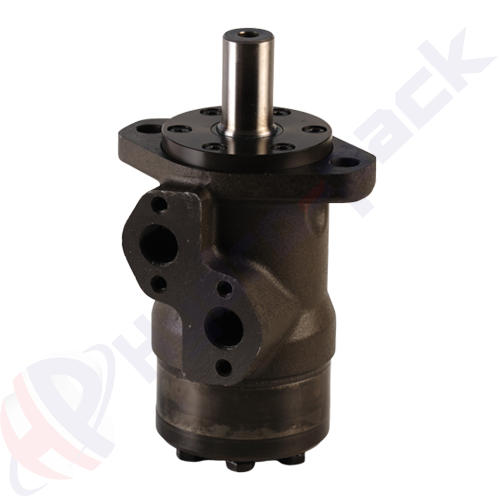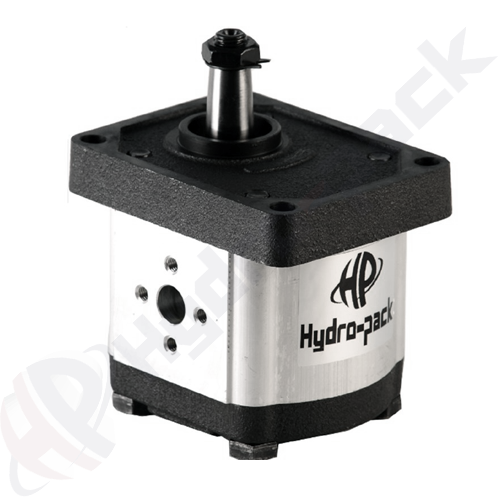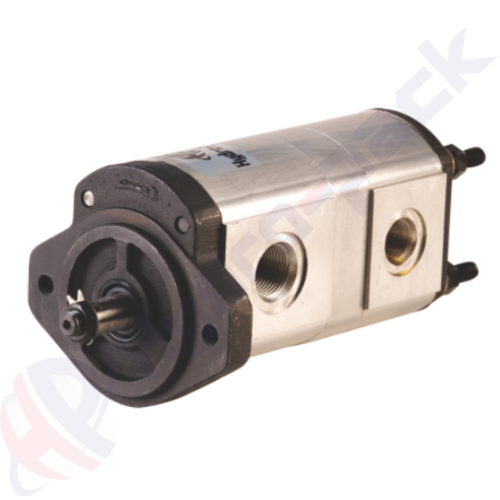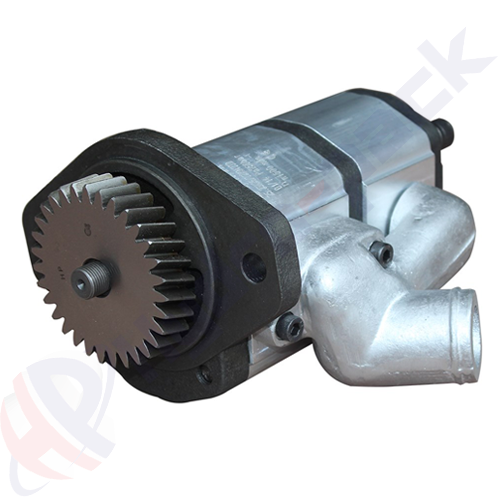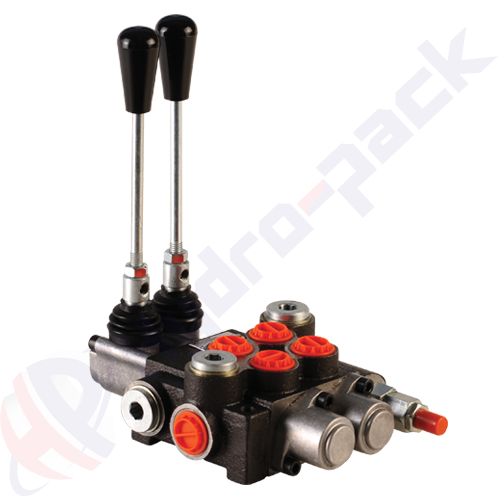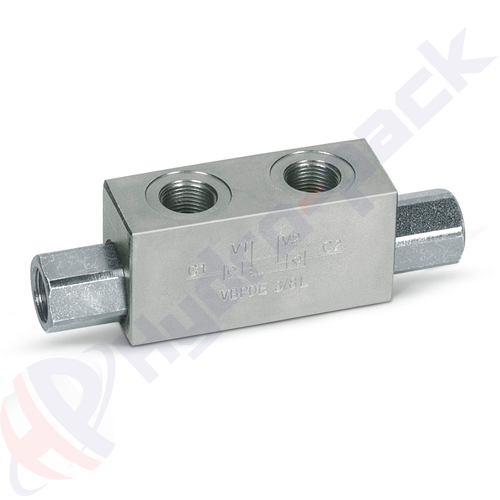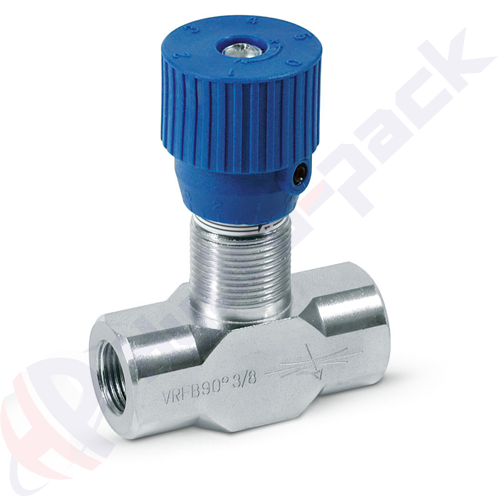-
Contract
1.1 Terms and Conditions govern the supply of products sold by Hydro-Pack LTD (VAT No: BG204595394) of 221, Knyaz Al. Batenberg Blvd., Kazanlak, 6100, Bulgaria.
1.2 All orders placed by you and purchases of products from us are on the basis of these Terms and Conditions and are subject to acceptance by us either (as applicable): (i) by delivery of the products to you; or (ii) by providing the products you have purchased to you at the trade counter, at which point a legally binding contract is constituted between you and us.
1.3 The processing of your payment and acknowledgment of your order (including sending you an e-mail confirming your order is being processed) does not constitute legal acceptance of your order.
-
Ordering
2.1 In our online store, you may place an order to purchase a product shown for sale by clicking on the item you wish to purchase and adding to cart. You can check and edit the order until clicking “Proceed to Checkout”.
2.2 All orders placed by you and purchases of products by you from us, are subject to acceptance by us (as described in clause 1.2). We may choose not to accept your order or purchase for any reason and will not be liable to you or to anyone else in those circumstances.
2.3 We have a legal duty to supply products that are in conformity with these Terms and Conditions.
-
Prices & Payment
3.1 The price payable for the products you order or purchase is as set out in store and on our website at the time you submit your order. (Shown in EUR or US Dollar currencies) Prices do not include VAT and freight cost.
3.2 In case of any error with prices we reserve the right to correct them from time to time. We will (at our discretion) either cancel your order and refund the price you have paid or use reasonable endeavours to contact you and ask you whether you wish to continue with the order at the correct price or correct description. If we are unable to contact you or you do not wish to continue with the order at the correct price or correct description, we will cancel your order and refund the price you have paid.
3.3 We must receive full payment for the products you order and purchase, and any applicable charges for delivery, before your order can be processed unless we have agreed otherwise in advance in written correspondence.
3.4 Payment can be made by most major credit or debit cards under Wirecard platform, Bulgarian virtual pos, PayPal or wire transfer by completing the relevant details on the checkout page.
3.5 By using a credit/debit card to pay for your order or purchase, you confirm that the card being used is yours or that you are authorised to use it. By using PayPal you confirm that the PayPal account being used is yours.
3.6 All credit/debit card holders are subject to validation checks and authorisation by the card issuer. All PayPal payments are subject to authorisation by PayPal. If the issuer of the card or PayPal refuses to authorise payment we will not be able to accept your order or purchase.
3.7 We recommend that you do not communicate your payment card details or PayPal details and password to anyone, including us, by email or phone. We can not be responsible for any losses you may incur in transmitting information to us by internet link or by email. Any such loss shall be entirely your responsibility.
3.8 The format of our invoice and statements to you will solely be dictated by us.
-
Delivery & Title
4.1 We aim to deliver the products in accordance with your order usually between 2-7 days depending on delivery address location.
4.2 A valid signature may be required on collection or delivery. In the unlikely event that you have not received all the products within the stated delivery time, you must notify us immediately. We strongly suggest that you do not schedule or commence any installation work until after you have received your order and checked all the products are suitable for your purposes and do not have any defects or missing parts.
4.3 For health and safety reasons and to avoid any property damage, items can only be delivered to the exterior of a ground floor location at the delivery address. You must therefore make your own arrangements at your own risk if the relevant item needs to be transported from the delivery location. We will not provide any unpacking, installation, fitting or waste removal services upon delivery unless otherwise agreed by in written correspondence.
4.4 You must do all that you reasonably can to enable delivery to take place at the given time and place. If you delay delivery, or delivery fails because you have not taken appropriate steps, we will contact shipping company and try to arrange for an alternative delivery. If delivery fails as a result of circumstances within your reasonable control, the cost of any re-delivery shall be borne by you. If we are unable to arrange a date for re-delivery we may cancel your order and refund to you the price that you have paid for the products.
4.5 Without prejudice to clause 4.4, upon delivery of the products to you or collection of the products by you, the products shall be at your risk and responsibility. In spite of delivery or collection, ownership (also known as “title”) in the products shall not pass to you until you have paid the price for the products in full and, where other sums payable to us from you are overdue, you have paid those sums too. Until title in the products passes from us to you, you shall: (i) not be entitled to use the products; (ii) safely hold the products for us; (iii) return the products to us immediately if we ask you to; and (iv) be liable to us for any loss, damage or destruction of the products. In addition, until title in the products passes from us to you, you shall store the products at your own cost separately from all other products in your possession and marked in such a way that they are clearly identified as our property. You grant us an irrevocable licence to enter, with or without vehicles, any of your premises for the purpose of inspecting or repossessing the products.
-
Availability
5.1 All products are subject to availability and status of the stock is shown in online store. While we endeavour to hold sufficient stock to meet all orders and purchases, if we have insufficient stock to supply or deliver the products ordered and paid for by you, we will contact you using the details you have provided to us to ask you how you wish to proceed. We may, at our discretion, process any part of the order which is available. Where products are out of stock, we will refund you the price paid for such products. We reserve the right to discontinue the sale of any product listed in our online store at any time without notice.
-
Warranty
6.1 We provide one-year global warranty after installation for all products.
6.2 Any manufacturer's warranty, guarantee or similar assurance applies in addition to your legal rights if you are a consumer.
-
Returns & Refunds
7.1 If delivered products are faulty or incorrect, we will meet the cost of return delivery and arrange a forwarder to pick up the faulty product and replace with the correct one. For cases where replacement is not possible, we will refund the total amount.
7.2 If the product develops a fault regarding operation before warranty period expires, claim form needs to be filled and sent to us. ( Claim form ) We will evaluate the claim (if root reason is manufacturing defect or improper use) and may offer a repair or replacement of the item or offer a price reduction, refund or inform product is out of warranty. If the product is to be repaired, and the manufacturer has provided a helpline, repair service or warranty, we will contact to pick up the defective product. If there is no such service or warranty with the productwe will replace the item with the same or an equivalent model.
7.3 The provisions of this clause 7 do not affect your legal rights if you are a consumer.
-
Liability
8.1 If you purchase products from us as a consumer (which means anyone who acts outside the course of their business, trade or profession), to the extent not prohibited by law, we accept no liability for any:
- 8.1.1 Loss which is not foreseeable (loss is foreseeable if it was an obvious consequence of our breach or if it was contemplated by you and us at the time you and we entered into our contract);
- 8.1.2 Loss which arises when we are not at fault or in breach of these Terms and Conditions;
- 8.1.3 Business loss (which includes loss of profits, loss of business, contracts, goodwill, business opportunity and other similar losses, as well as business interruption).
8.2 If you are a trade customer, we shall have no liability to compensate you other than any refund we make under these Terms and Conditions or otherwise at our discretion.
8.3 Without prejudice to clause 8.2, if you are a trade customer, we shall not be liable to you (whether in contract, tort (including negligence), breach of statutory duty or otherwise) for any: (i) loss of profits, business, contracts, goodwill, business opportunity and other similar losses, or any business interruption; or (ii) indirect or consequential loss, neither will we be liable to you for any other loss which is not a foreseeable consequence of us being in breach of these Terms and Conditions or our legal duties.
8.4 If you are a trade customer, you acknowledge and agree that these Terms and Conditions constitute the entire and only agreement between us
8.5 Nothing in these Terms and Conditions is intended to affect your legal rights if you are a consumer, nor is it intended to exclude or limit our liability to you for fraud, fraudulent misrepresentation, for death or personal injury resulting from our negligence or for any other liability which cannot be limited or excluded as a matter of applicable law.
8.6 We can not confirm that the products comply with any laws, regulations or other standards applicable outside Bulgaria. All products are sold in accordance with the manufacturer’s specifications and are subject to any qualifications, representations or instructions contained in the documentation associated with the products.
8.7 If you are a trade customer and subject to clause 8.5, we will not be responsible to you or, in the event that you are undertaking work for another person, to any other person, for the use or installation of any products by you. Accordingly, if you are a trade customer, you hereby agree to hold us harmless from and indemnify us against any liability associated with, any claim or allegation that we are responsible for any failings in the installation or use of products that we supply.
-
Events Beyond Our Control
9.1 We shall have no liability to you for any failure or delay in supply or delivery or for any damage or defect to products supplied or delivered hereunder or for any other liability, in each case that is caused by any event or circumstance beyond our reasonable control (including, without limitation, accidents, extreme weather conditions, fire, explosion, flood, storm, earthquake, natural disaster, failure of telecommunications networks, inability to use transport networks, mechanical failures, acts of God, terrorist attack, war, civil commotion, riots, strikes, lockouts and other industrial disputes, acts or restraints of Government, and imposition or restrictions of imports or exports).
-
General
10.1 If any provision of these Terms and Conditions (including any provision in which we exclude or limit our liability to you) is found to be invalid, illegal or unenforceable, the validity, legality or enforceability of the other provisions of these Terms and Conditions and the remainder of the provision in question shall not be affected. Our contract shall be governed by and interpreted in accordance with Bulgarian law.
10.2 All images are for illustration purposes only. Contents / accessories shown in images are not included unless stated in product description.
10.3 VAT: All prices shown in our online store do not include VAT at 20% (except where indicated) subject to change in taxation.
-
Contact Details
11.1 If you wish to make a major order/big order, discuss your order or make a complaint with respect to your order, please feel free to send an e-mail or call us. We will be happy to help you.
Hydro-Pack LTD.
221, Knyaz Al. Batenberg Blvd., Kazanlak, 6100, Bulgaria
Phone : +359 431 679 70 , +359 431 664 64
Email : info@hydro-pack.com
-
Privacy Policy
12.1 When you provide us with personal information (whether purchasing from us or registering with us or otherwise) by doing you agree to our Privacy Policy. ( Click to read our privacy policy )
-
Termination of Use
13.1 We may change, suspend or discontinue all or any aspects of our online store at any time without prior notice.
-
Alternative Dispute Resolution
14.1 Alternative dispute resolution is a process where an independent body considers the facts of a dispute and seeks to resolve it, without you having to go to court. The European Union has set up an Online Dispute Resolution (ODR) platform. If you are not happy with how we have handled a complaint about your transaction, disputes may be submitted for online resolution to the ODR Platform at www.ec.europa.eu/odr.












